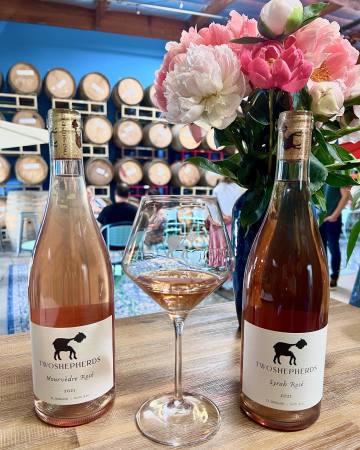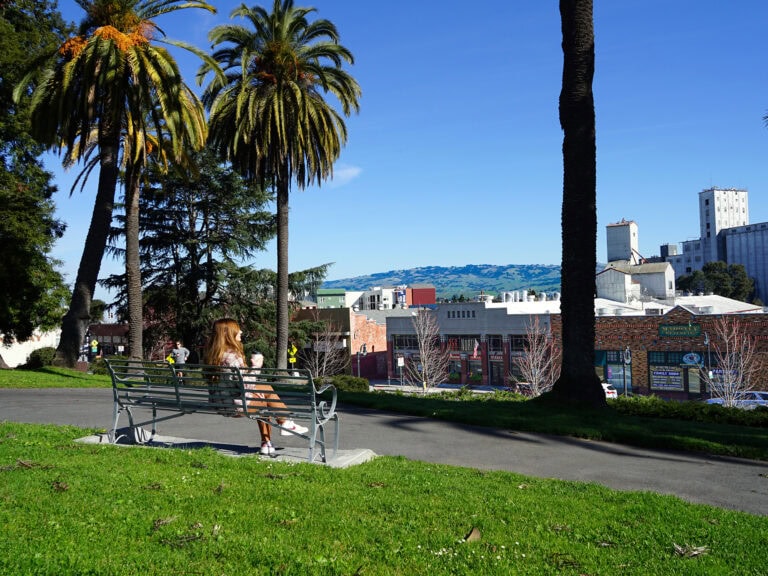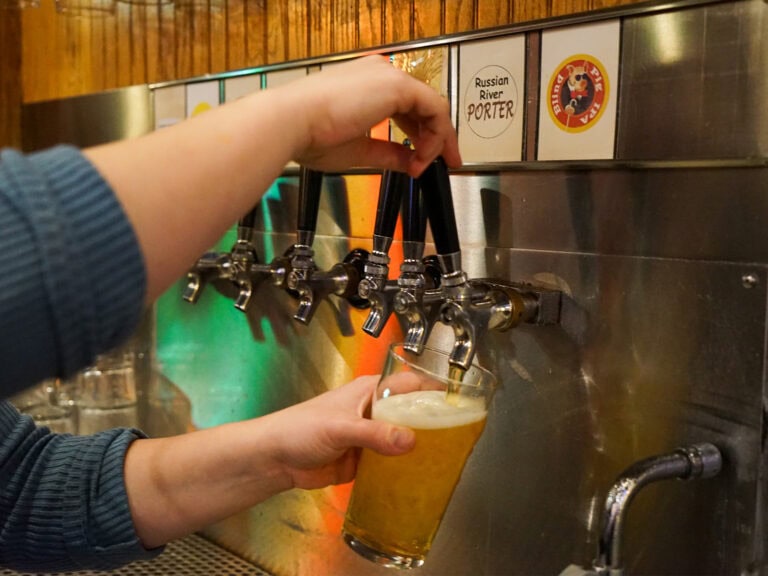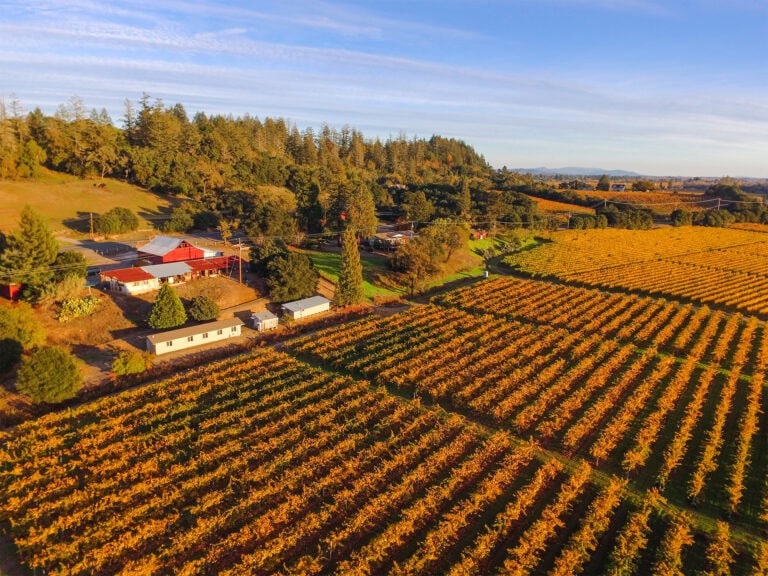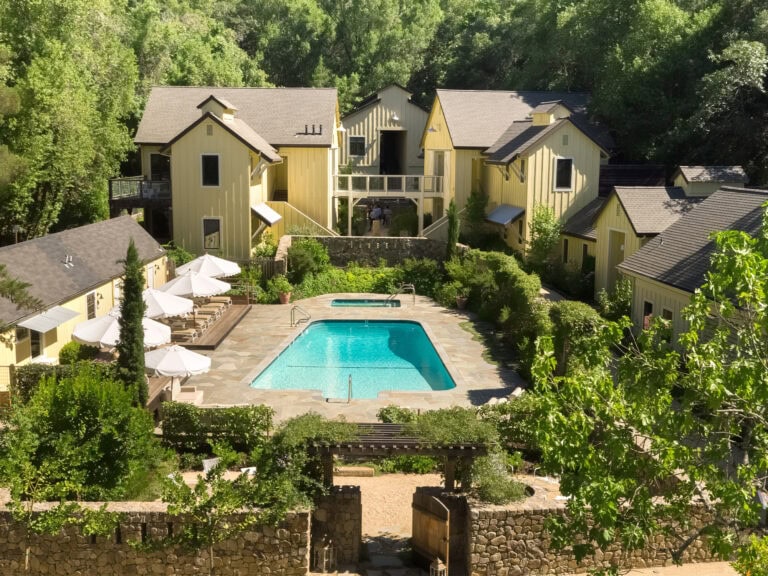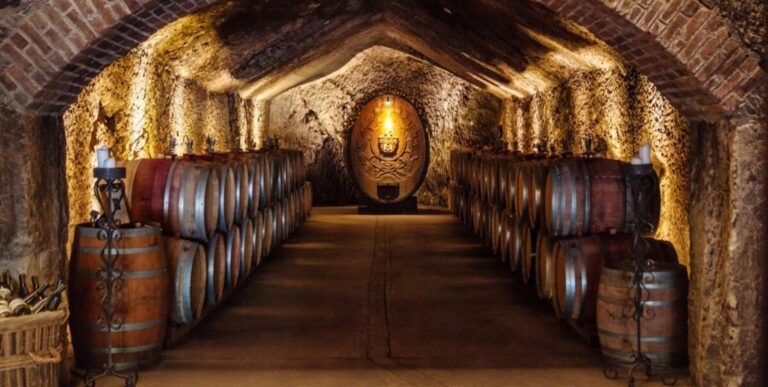4 Dry-Farmed Wines from Sonoma County to Try This Fall
It’s the question on every winemaker’s mind this year: Water. As we come off a second season of punishing drought, more and more Sonoma winemakers are looking to traditional dry-farming methods as a way to increase their vines’ resilience. What is dry farming? It’s a method of cultivating grapes without additional irrigation, a method no longer strictly relegated to old-vine plantings in Sonoma County.
“Dry farming is not an entirely new concept,” says sixth-generation vintner Katie Bundschu of Abbot’s Passage Winery, who recently purchased a block of 80-year-old, dry-farmed Zinfandel vines. “Prior to the 1970’s, all vineyards planted were functionally ‘dry farmed,” Bundschu says.

“We rely on the water that falls from the sky and gets absorbed into the soil,” says Mari Jones, president of Emeritus Vineyards in Sebastopol. Jones estimates that using no irrigation whatsoever saves 44 million gallons of water annually, compared to vines farmed with conventional irrigation. Dry farming works on their 140 acres of estate vineyard because of the local soil type. “The Goldridge topsoil is very well-draining, allowing water to flow through to the deeper clay, where water is absorbed and stored,” she explains.
In contrast, at Hamel Family Wines in Sonoma Valley, it’s in the rockiest vineyard where winemaker John Hamel says he sees the most success with dry farming. “We have the privilege of farming a vineyard that was planted in the 1880s that has been dry farmed during its entire history,” he says. “We’ve found roots are able to penetrate the fractures in the rocks and find trapped water and nutrients within those fractures. Deep roots in well-drained soils are key for us in terms of wine quality. A vine must have deep roots in order to persist and carry a crop without irrigation.”
Vines that struggle to root more deeply are also more adaptable to weather fluctuations, as they’re well-practiced at water conservation, according to William Allen, proprietor and winemaker of Two Shepherds Winery in Windsor. The technique also results in decreased yields, increasing grape quality: “It’s generally accepted that higher-quality grapes are grown by making vines struggle,” Allen says. “Lower yields produce higher-quality grapes—in contrast to irrigated, fertilized vines with high yields.”
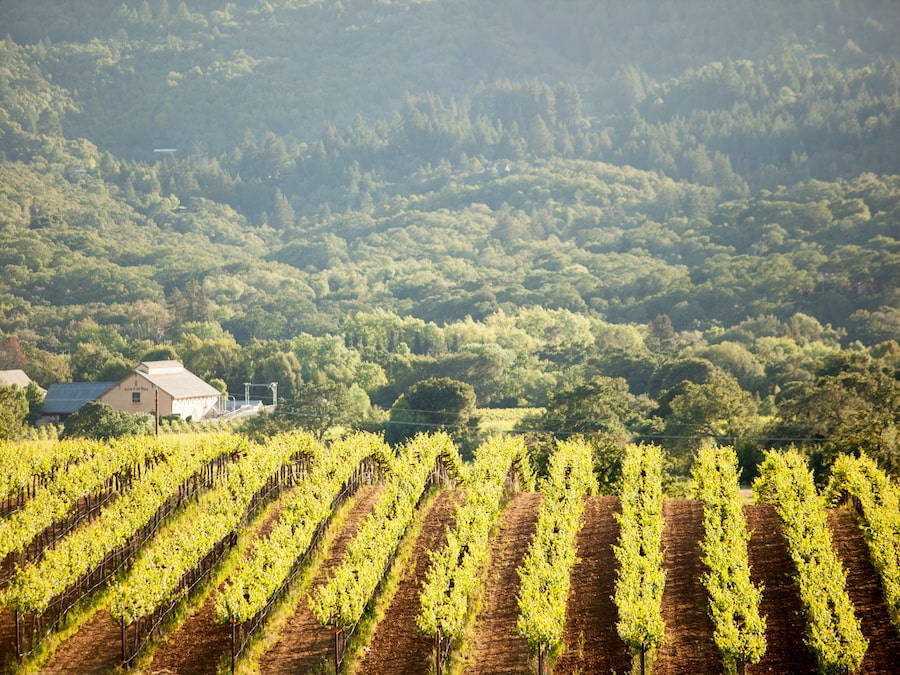
In the end, dry farming is a choice that can not only offer increased resilience in the face of drought, but can also boost the quality of the crop. “We see an elevated complexity, texture and minerality in wines made from dry-farmed grapes,” says Hamel. “We ultimately believe that it yields higher quality grapes than those from irrigated vines.”
Dry-Farmed Wines to Try This Fall
Hamel Family Wines, 2018 Sonoma Valley Zinfandel: Complex aromas of raspberry, cherry and orange peel complemented by floral, flint and spice ($64).
Abbot’s Passage Winery, 2018 Makeshift: A dry-farmed blend of Zinfandel, Petit Sirah, and Petit Verdot. Enjoy moderate tannins and a bright acidity, along with rich, bold black fruit flavors ($30).
Two Shepherds Winery, 2020 “Blanc de Cinsault”: Whole-cluster pressed Cinsault from the 135-year-old Bechthold Vineyard. Pair with light dishes, white fish, salads, chevre ($30).
Emeritus Vineyards, 2016 Hallberg Ranch Pinot Noir: Flavors of black cherry, cinnamon, and toasted almonds. A light-bodied red wine filled with subtle nuances ($45).
Written by Stacey Briscoe
THIS IS WINE COUNTRY.
Share your experience using #SonomaCounty or #LifeOpensUp











